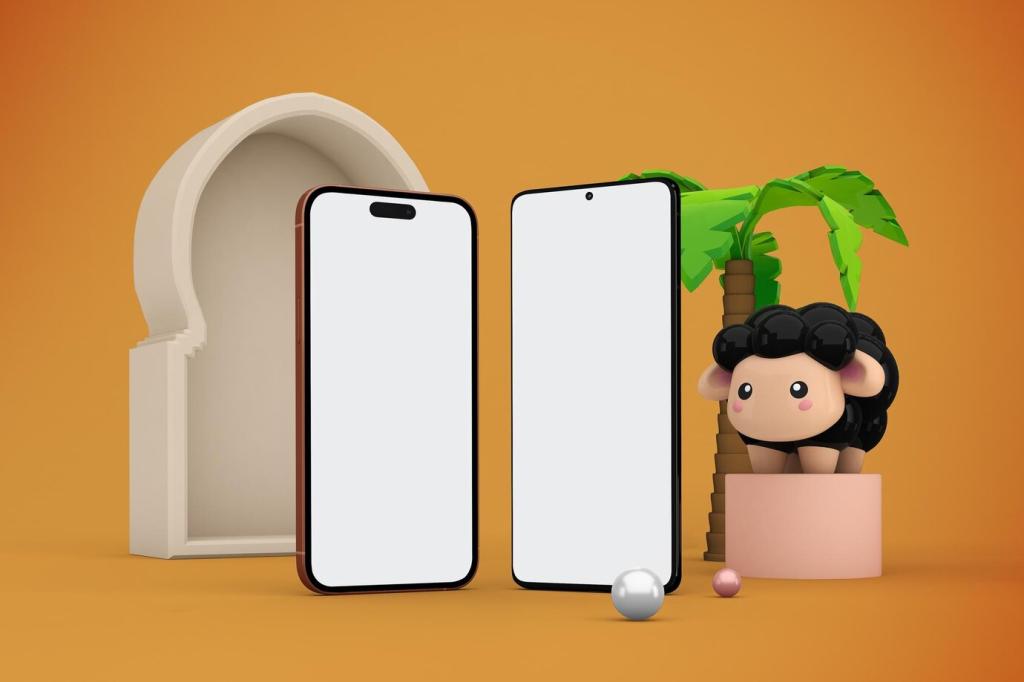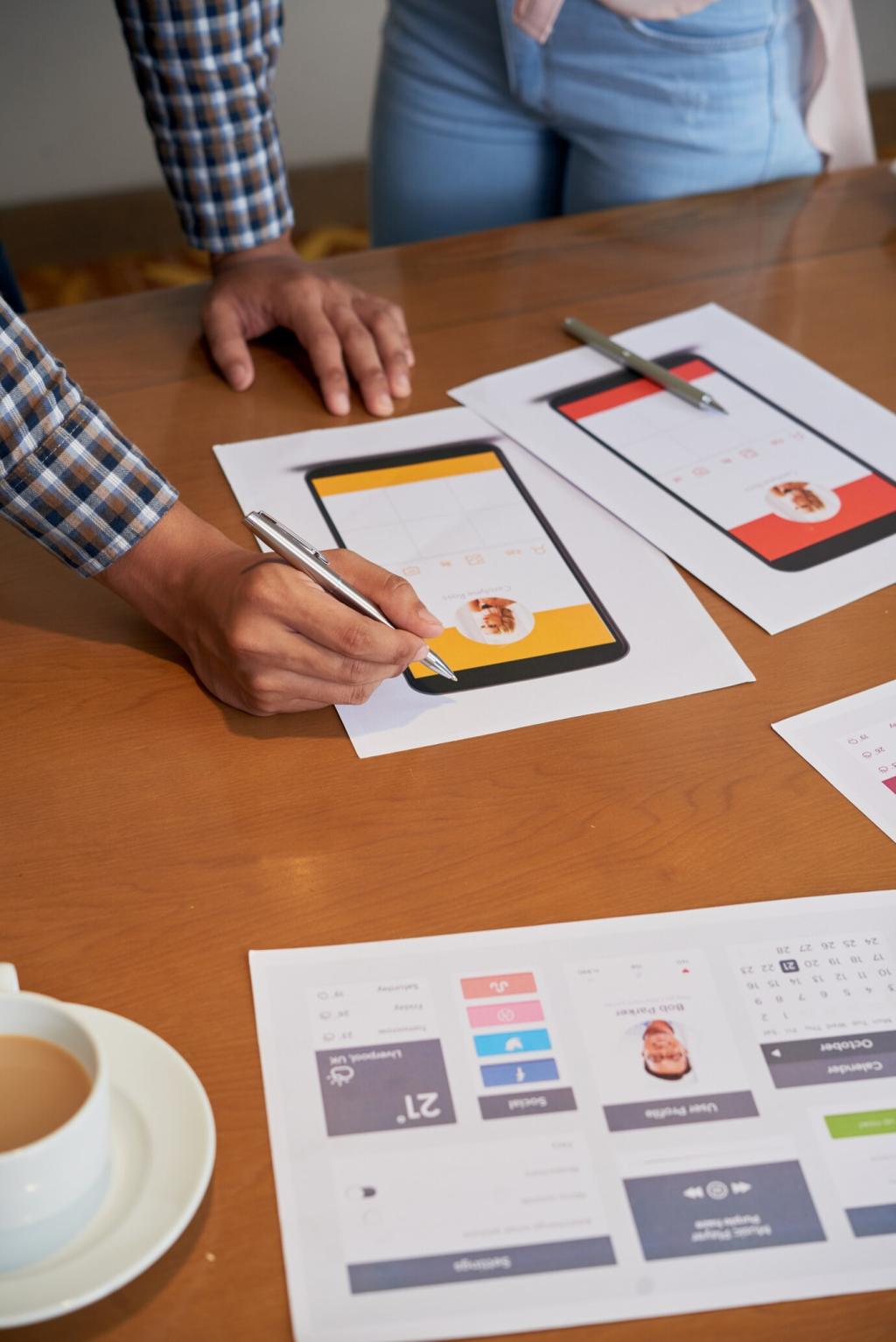Designing Mobile Apps Around People: Principles That Truly Serve Users
Chosen theme: User-Centric Design Principles for Mobile Apps. Step into a practical, story-rich guide to crafting mobile experiences that feel intuitive, respectful, and delightfully helpful. Join the conversation, subscribe for fresh insights, and share your toughest user challenges—we’ll tackle them together.



Know Your Audience: Research that Fuels User‑Centric Mobile Design
Observe people using your app in real environments, not just quiet offices. That rainy commute, spotty subway signal, and one‑handed grip expose friction fast. Capture obstacles, then design offline paths, bigger targets, and forgiving flows that respect real life.
Know Your Audience: Research that Fuels User‑Centric Mobile Design
Build lean personas grounded in behaviors and goals, not demographics alone. Clarify the job users hire your app to do, then strip away everything that does not help them finish that job quickly, confidently, and repeatedly.
Journey Maps and Flows: Guiding Users with Clarity
Chart the moment of intent—notification, deep link, search—through every tap to completion. Highlight emotions, blockers, and unanswered questions. Use progressive disclosure, inline validation, and visible status so each step feels obvious and confidence naturally grows.

Journey Maps and Flows: Guiding Users with Clarity
Design for one‑handed use with primary actions in the comfortable thumb zone. Keep controls at the bottom, use 44–48 px touch targets with generous spacing, and avoid edge‑case gestures near system bars that trigger accidental swipes.
Mental models and card sorting
Use open and closed card sorting to learn how users group concepts. Validate with tree testing before designing screens. When labels match mental models, people find things faster and feel comfortable exploring deeper features.
Choosing scalable patterns
Prefer a bottom tab bar for frequent destinations, with clear labels over cryptic icons. Reserve the drawer for secondary areas, and treat search as navigation for complex catalogs. Support deep links so notifications land users exactly where value happens.
Affordances and signifiers
Make interactive elements look interactive with contrast, elevation, and motion. Pair icons with text to reduce ambiguity. Avoid hidden gestures without visible alternatives; a great design is discoverable without a tutorial and kind to first‑time users.
Color, contrast, and motion
Meet WCAG 2.1 AA contrast ratios, avoid conveying meaning by color alone, and honor reduced‑motion settings. Subtle animations are fine, but provide fallbacks and skip options so sensitive users remain comfortable and in control.
Touch targets and alternatives
Use large touch targets, clear focus states, and no gesture‑only controls. Provide accessible labels for VoiceOver and TalkBack, ensure logical focus order, and test with screen readers to confirm every path is truly navigable without sight.
Readable text and microcopy
Write plain, inclusive language at an accessible reading level. Localize thoughtfully, avoid idioms that break translation, and ensure dynamic type scales layouts gracefully. Microcopy should reassure, explain next steps, and reduce anxiety at decision points.

Show system response within 100 ms when possible. Use optimistic UI, skeleton screens, and subtle haptics to acknowledge actions. Replace spinning loaders with progress hints and next best actions that keep momentum going during unavoidable waits.

Sprinkle tasteful motion where it clarifies state changes, not just to decorate. Keep sound off by default, ensure animations are brief and purposeful, and let users opt out. Delight should assist comprehension and never block critical tasks.

Turn empty screens into instructive, friendly moments with examples, import options, and clear calls to action. A thoughtful empty state accelerates first success, boosts confidence, and politely nudges users toward meaningful setup choices.
Performance: People Feel Speed More Than They See It
Design for perceived speed
Prefetch likely next screens, cache data intelligently, and organize tasks so something useful appears quickly. Prioritize above‑the‑fold content and avoid janky transitions. When users feel steady progress, they forgive longer operations more easily.

Prototype early, test often
Start with sketches, move to tappable prototypes, and run quick hallway or remote sessions. Encourage think‑aloud feedback and watch for hesitation. Ask readers to share their favorite prototyping tools in the comments for a community toolkit.
Analytics with empathy
Instrument core flows with clear event names and guard privacy by avoiding unnecessary personal data. Pair numbers with session replays or interviews to explain why behaviors happen, not just what occurred in charts and funnels.
